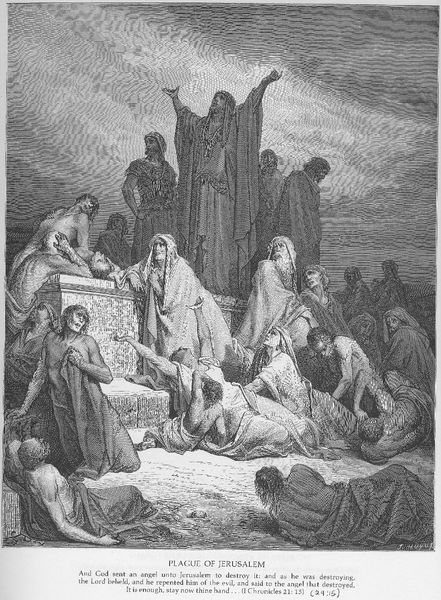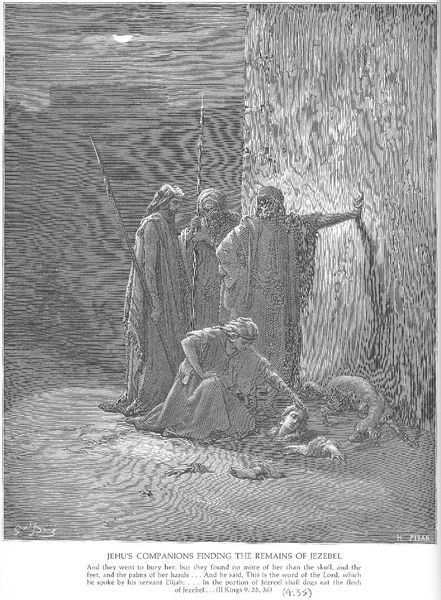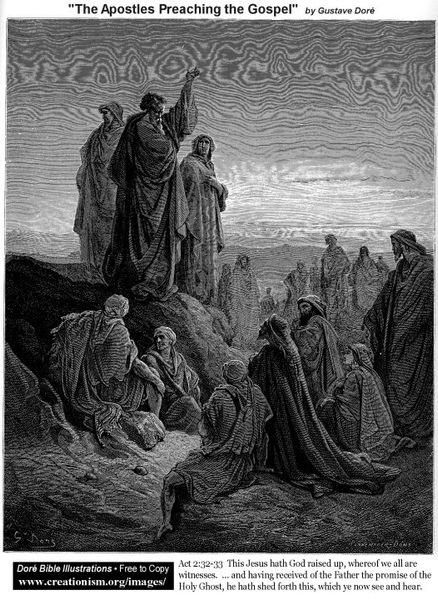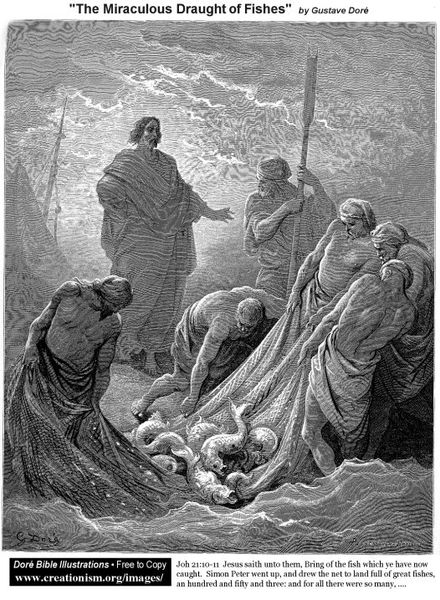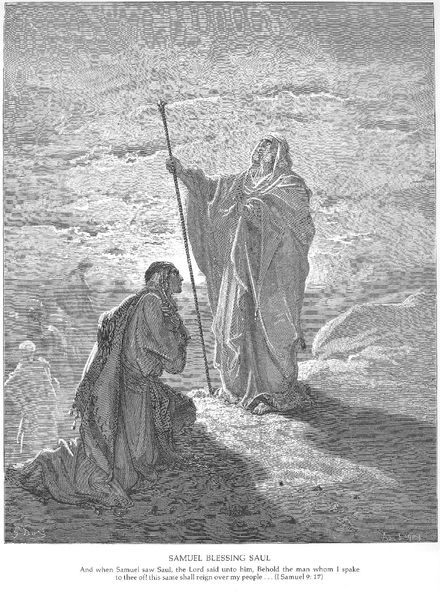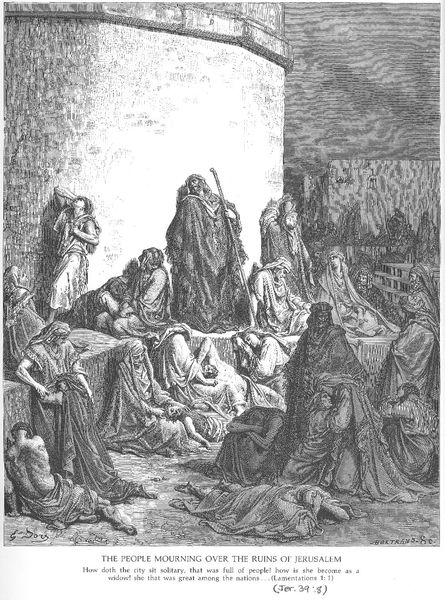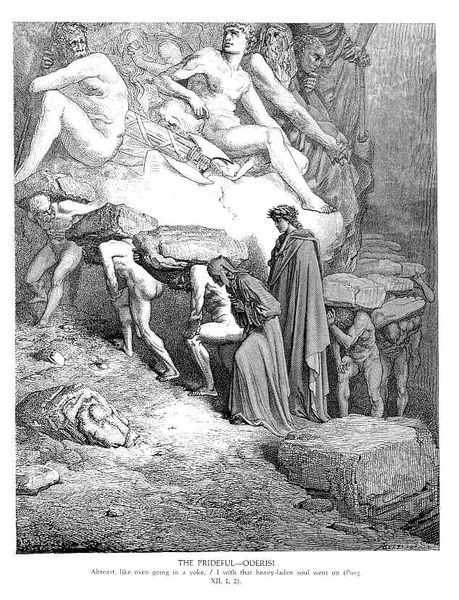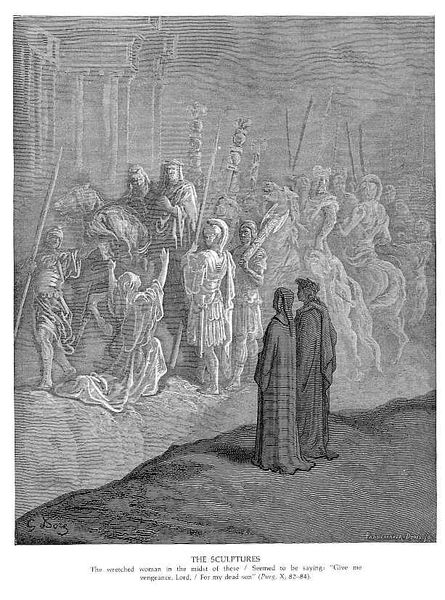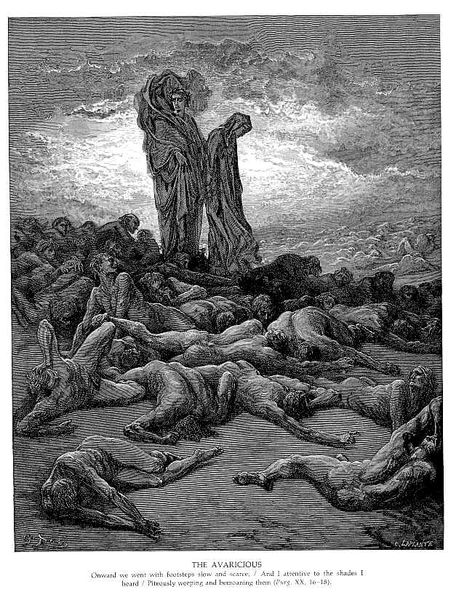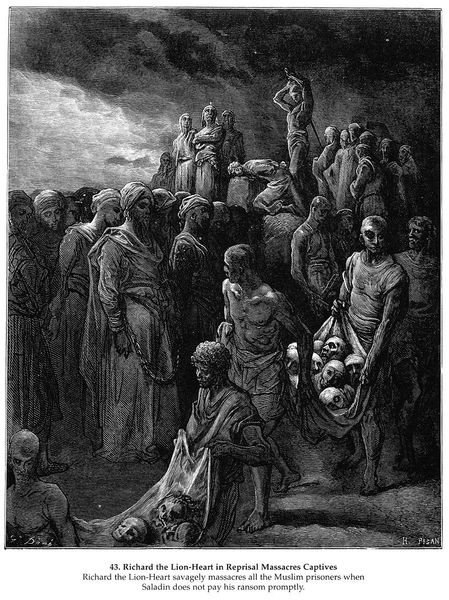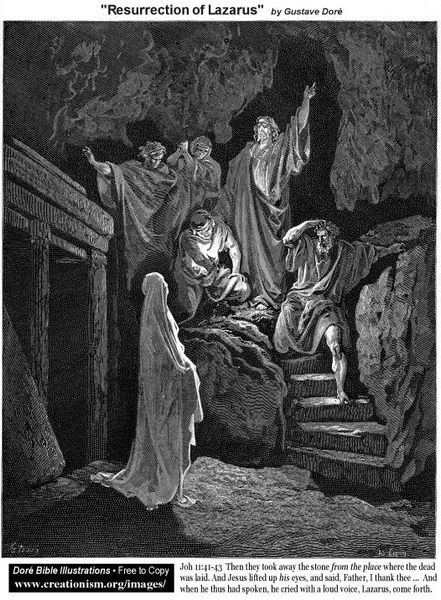
photography, engraving
#
narrative-art
#
figuration
#
form
#
photography
#
roman-mythology
#
romanticism
#
mythology
#
line
#
history-painting
#
engraving
Copyright: Public domain
Editor: This engraving, titled "Arachne," by Gustave Dore, is stark. The light source feels almost accusatory, shining down on a scene of transformation and despair. What strikes me is the grotesque nature of Arachne’s metamorphosis – a spider’s body emerging from a human form. How do you interpret this work in relation to power and mythology? Curator: This image serves as a powerful commentary on power dynamics, especially within patriarchal structures. Ovid’s myth itself can be seen as a cautionary tale against female ambition and the challenging of established authority. Arachne's skill in weaving threatens Athena, a goddess representing the established order, and her punishment is a brutal display of divine power. Editor: So, the myth, and therefore Dore's interpretation, reinforces a specific social hierarchy? Curator: Exactly. It reflects a world where women’s creative power, especially when surpassing that of men (or in this case, a goddess who embodies male authority), is met with swift and often cruel suppression. Notice the gazes of the other figures; they exemplify both fear and morbid fascination at this transgression. Where do you think Dore’s choice of medium comes into play? Editor: An engraving adds to the sense of harshness, a visual reminder of the story's violence. It’s interesting how Dore visually amplifies the anxieties embedded within the original myth. Curator: Precisely. The visual language reinforces a specific reading, but we should consider how these images continue to be reread through a contemporary lens, enabling discussions about artistic authorship and cultural appropriation, or serving as an allegorical symbol about class struggles. Editor: This reminds us that mythology, and art interpreting it, isn't just about stories; it's about reflecting and perpetuating social values, something that really holds up to contemporary interpretations. Curator: Absolutely, it is a stark reminder of art's role in reinforcing - or resisting - these power structures throughout history.
Comments
No comments
Be the first to comment and join the conversation on the ultimate creative platform.

